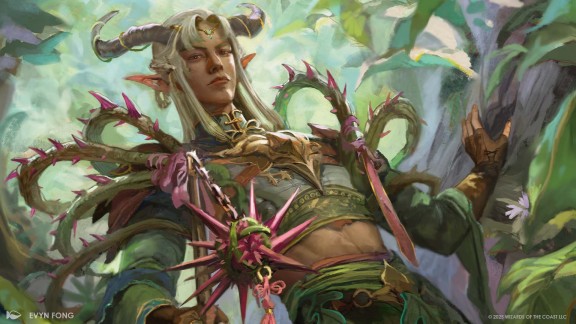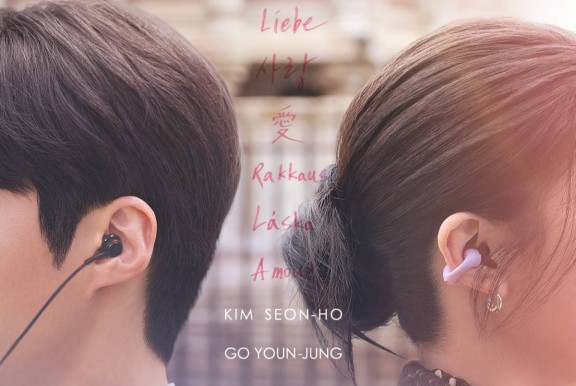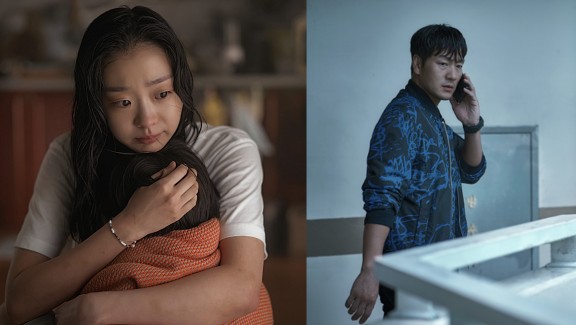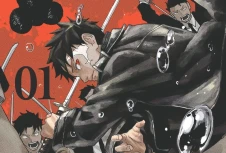
As far as Boruto’s story goes, many believe that the manga will end with an epic showdown between Boruto and Kawaki. However, things change after Kawaki and Eida’s Omnipotence cheat, which throws Boruto’s life into chaos and resets the story’s conclusion. With this change, series creator Masashi Kishimoto and principal illustrator Mikio Ikemoto reveal why they changed the manga’s ending.
During the annual Nuit à Konoha event in France, Kishimoto and Ikemoto discussed their thoughts and opinions about Boruto. In an interview posted by X user @UzuRepo, it was revealed that the mangaka originally had a different concept for the manga’s conclusion, but it was later changed after a series of discussions with his former assistant, Ikemoto, who is also a driving force behind the series. So, although Kishimoto’s idea was already good on its own, Ikemoto saw the need to modify the plot to take the story to another level.
“Even if the initial idea is to make the manga more engaging, we are far removed from what was originally planned,” Ikemeto said. “Currently I'm in the situation of developing the story on my own.”
Ikemoto explained that things don’t always go as planned, with small changes being made from the very beginning. Hence, as the story develops, it is moving in a direction different from Kishimoto’s original idea. So, though Kishimoto serves as the series creator, he lets Ikemoto do his thing, revealing that the latter is “fully in charge” of the series.
“At the beginning, Master Kishimoto did indeed share his story with me. But the further we go, the more the plot becomes different from what was initially planned,” Ikemoto continued. “Today, I discuss the rest of the scenario with my editor, every month. So I think that Master Kishimoto does not yet know what will happen in the rest of Boruto.”
For context, although Kishimoto took over the writing duties for Boruto after Ukyo Kodachi stepped down in 2020, he has already handed the keys to the franchise to Ikemoto. In an interview with the French manga publisher Kana, as translated by the Fanverse website, he revealed that he is only contributing basic ideas, suggestions, and points of order for the series, while Ikemoto has always been the driving force behind it from the very beginning.
Hence, his idea to change the story shakes up the status quo at the end of the series’ first part, Boruto: Naruto Next Generations, and the beginning of the second part, Boruto: Two Blue Vortex. The massive shift has seen a major transformation in Boruto’s character, making him more mature and empowered, much like his father, Naruto.
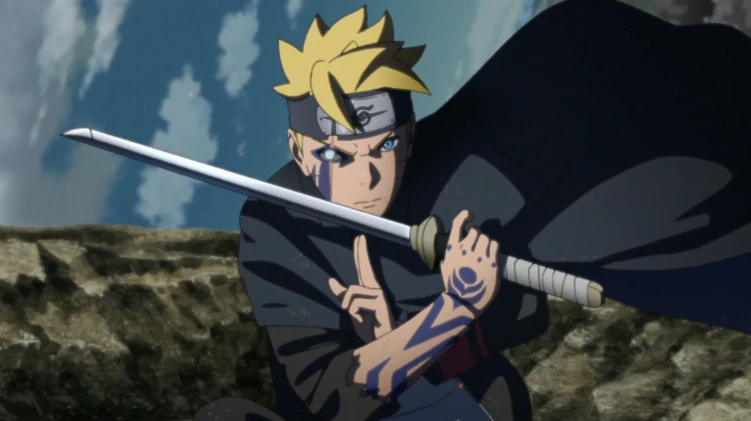
What is Boruto: Two Blue Vortex about?
Boruto: Two Blue Vortex features a four-year time jump after the events of Naruto Next Generations. This time, Boruto is already 16 years old and has become a more mature Shinobi. Part II is currently in its first arc, Boruto’s Return, where everyone believes Boruto is the village’s enemy, except for Sarada and Sumire. The two try to probe Ada to undo Ominipotence’s effects while making it appear that they are still enchanted by her.
In addition to Sarada and Sumire, Himawari still has faith in Boruto. The story also features Kurama’s return, this time in the form of Chakra residuals within Himawari, and will play a major role in the current situation. The second part currently has 12 chapters, with Chapter 13 set to be released in October 2024.
Compared to his younger self, the more mature Boruto now has to rely on himself to overcome the struggles he faces. Since these are the same challenges his father once faced, this only further solidifies Boruto as a worthy spin-off that continues Naruto's legacy.
